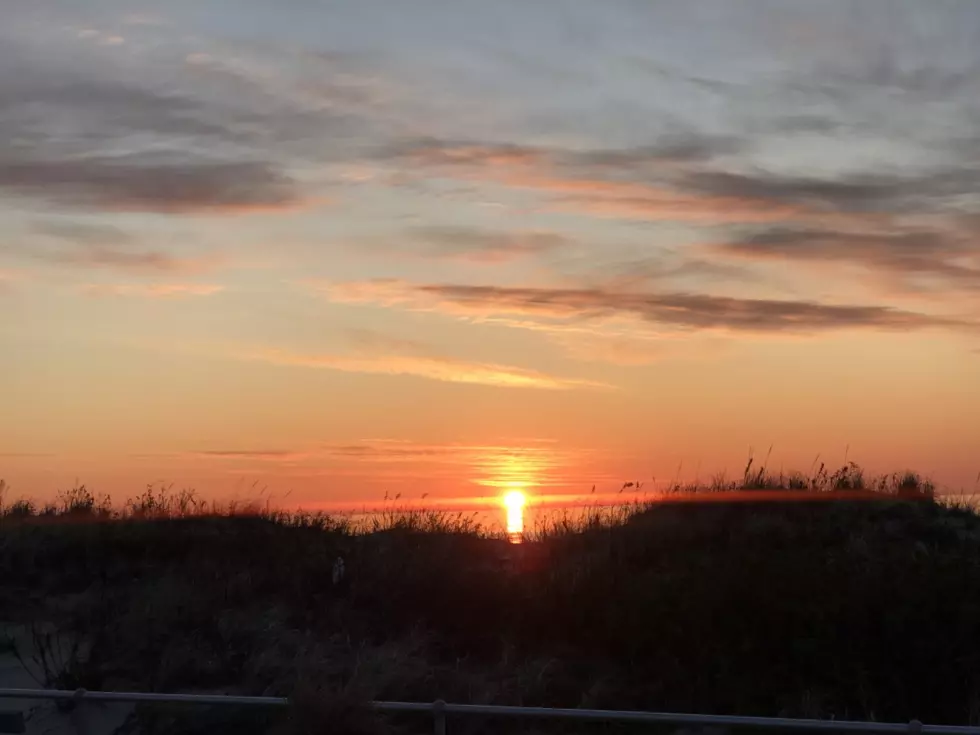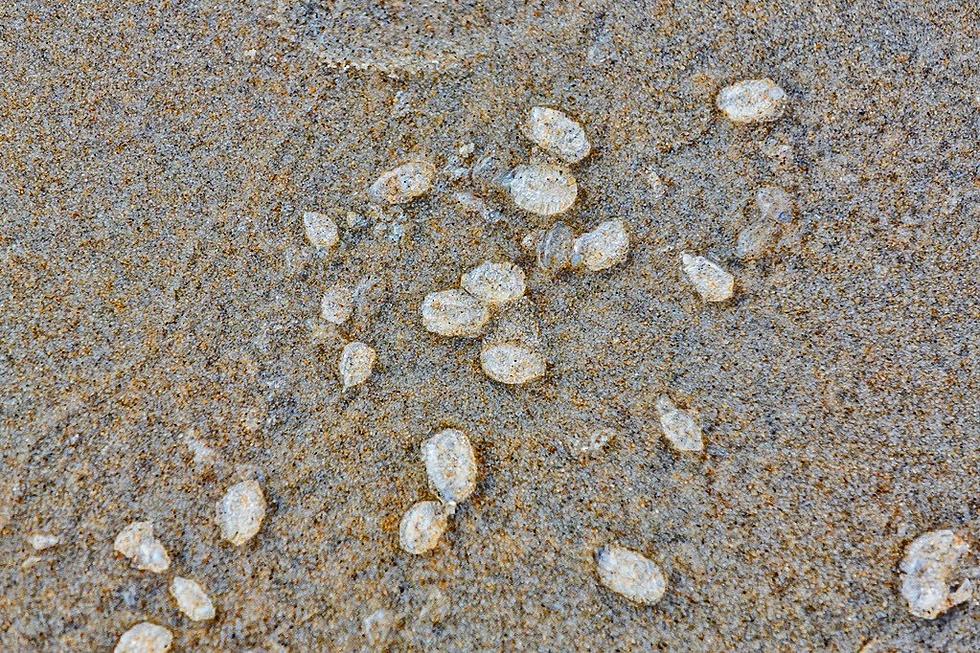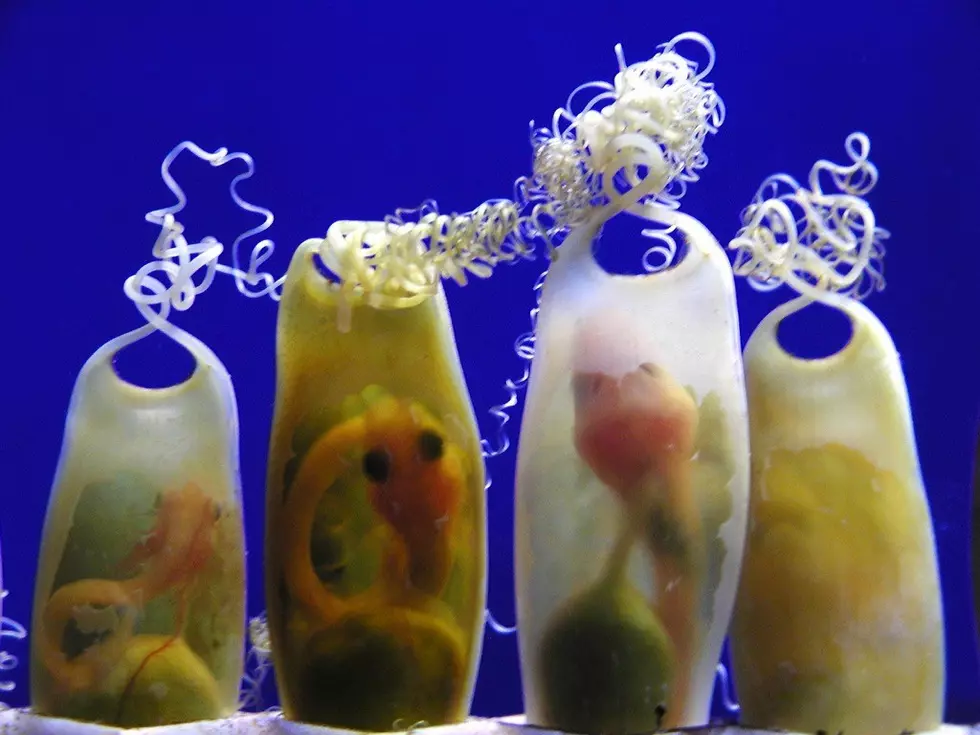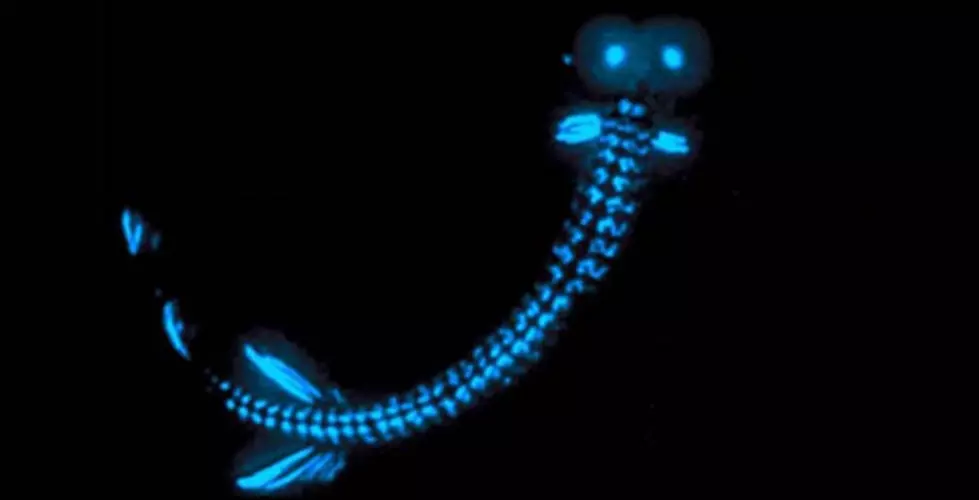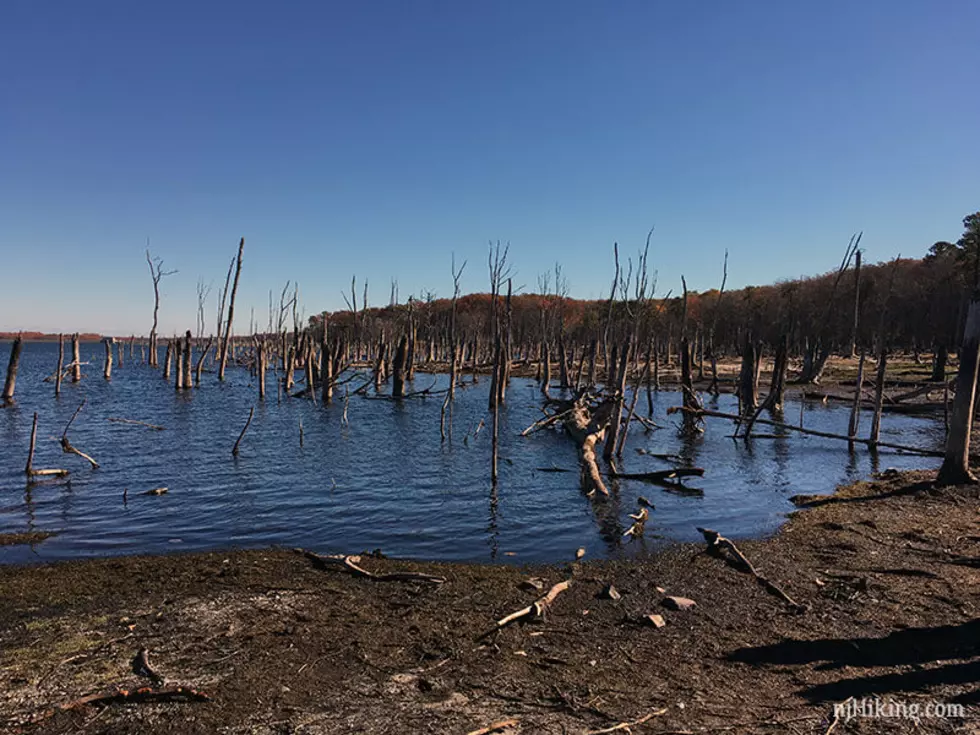
Update: Algae Bloom Linked to 3 Dog Deaths
UPDATE: According to CCN, three dogs in North Carolina died within hours of playing in a pond. The cause of death is believed to be from toxic algae. There have not been any reported deaths from toxic algae in New Jersey. CLICK HERE for tips and information on how to spot toxic algae.
A harmful algal bloom of blue-green algae was detected at the Manasquan Reservoir on August 7th. The advisory to not drink or come in contact with the water there remains in effect. Here's what you need to know.
From our local experts at NJ Sea Grant, here is some very important information:
First of all, no risk is posed to residents who get their drinking water from the reservoir – the treatment process removes this bacteria.
For humans, contact with blue-green algae can cause rashes, eye irritation, abdominal pain, nausea, and vomiting. Pets (and livestock) are especially at risk and should absolutely not be allowed to drink, swim, or wade in affected waters. Just this week, the bacteria was linked to the death of three dogs in North Carolina.
So, just what is blue-green algae? Technically known as cyanobacteria, they are microscopic organisms naturally present in freshwater lakes and streams, usually in low numbers. But, in warm, shallow, or undisturbed water that receives a lot of sunlight and excessive nutrients, they can become overabundant. They cannot be seen with the naked eye until they clump together. When this happens, they can look like green flakes, greenish bundles, or brown dots. When they bloom, they can appear as a blue-green scum on the surface of the water.
For the short term, all one can do is wait for the blooms to subside, and, of course, heed all advisories. On a hopeful note, parts of Lake Hopatcong, which was closed earlier this summer, have reopened to swimming.
For the longer term, there is a lot people can do to prevent blooms (sorry folks, humans are a major culprit in algae blooms). Believe it or not, how you manage your own backyard can help a lot. Here are just a few ways you can help:
• Avoid the use of chemical fertilizers.
• Plant native trees and shrubs around stream, creek, pond, and lake edges to filter out pollutants and keep water cooler.
• Pick up and properly dispose of pet waste.
• Research and adopt green infrastructure practices such as installing rain gardens and using rain barrels to filter and slow down stormwater.
For more on NJ Sea Grant, which has experts on hand to teach you about our local waters and what lives in them, CLICK HERE.
More From 94.3 The Point



